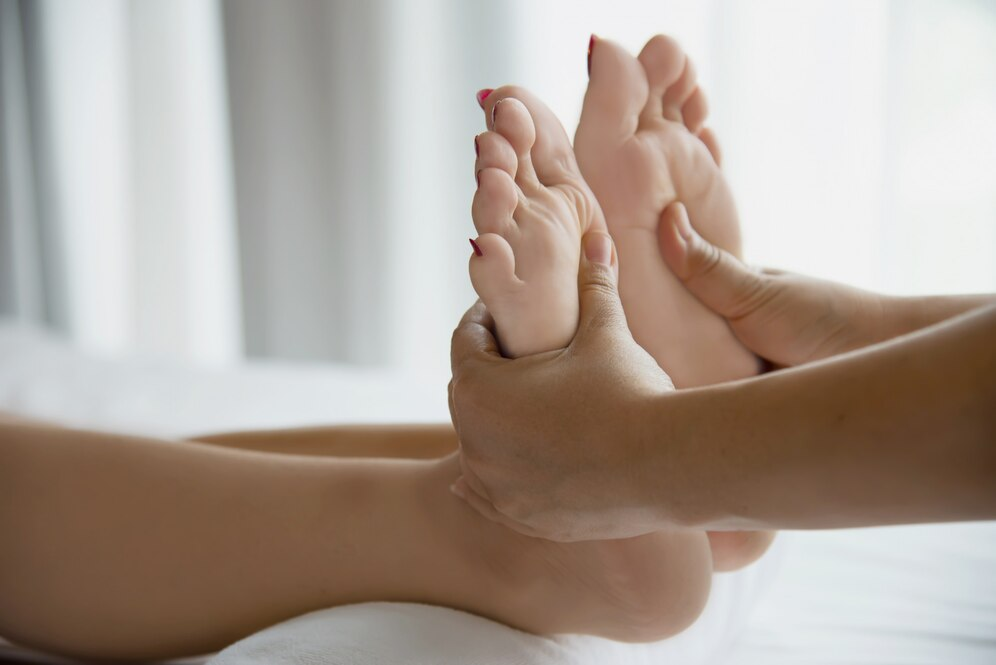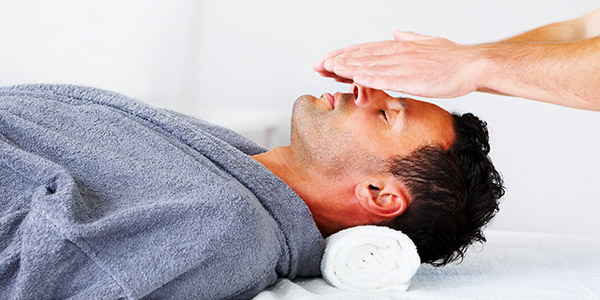Discover Your Perfect Healer Today!
Our online practitioner directory connects you with a wide range of healers to suit your unique needs.
Easily search and find the right professional to support your wellness journey.
Start exploring today to find your perfect match.
Modality
Disease
Books
Products
Events
Training
Blogs
Reflexology
Expert Tips for Maximizing the Healing Power of Reflexology
Reflexology is a powerful therapy with a better balance in the body, reduction of stress, and promotion of healing. However, its positive effects can be ...
Read More → Written by
John Smith
Reiki Healers
Healing Touch: Can Reiki Complement Christian Beliefs
In the world of alternative medicine, Christians have been questioning Reiki as a way to heal their bodies holistically. They want to know if this ...
Read More → Written by
John Smith
Reiki Healers
Is Reiki Backed by Science? A Look at the Evidence
Reiki is a well-known alternative therapy that claims to be able to heal people through energy. Is it effective? This treatment has been widely used ...
Read More → Written by
John Smith
Sound Therapy
Sound Therapy Effectiveness: Does It Really Work?
Over the past few years, the wellness industry has been flooded with interest in natural and alternative healing methods. Sound therapies are among these techniques ...
Read More → Written by
David Brown
Lyme Disease
Brain Fog and Lyme Disease: What’s Happening?
Explore Our Online Practitioner Directory Now. Brain Fog and Lyme Disease What’s Happening? Have you ever felt like your brain is in a fog—where concentrating ...
Read More → Written by
Web Master
Energy Specialist
Fundamental Concepts and Techniques of Energy Healing
Energy healing is a non-conventional practice that encompasses the body’s energy fields to strengthen the physical, mental, and spiritual states. This practice is more recent ...
Read More → Written by
David Brown






